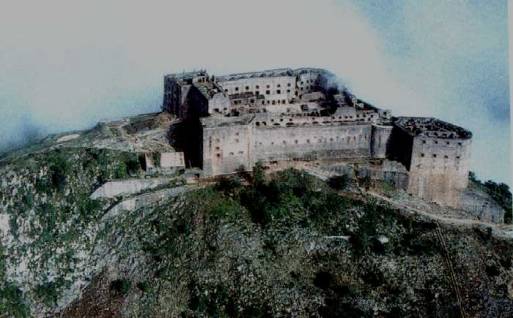News Americas, LONDON, England, Fri. April 20, 2018: When I visit a country I always try to find an art gallery, museum, or historic building that in some way represents a nation’s culture or its past.
In this way not only is it possible to understand more about where I am and the origins and influences that have made a nation’s people, but to experience something new in ways that can sometimes be surprising, even moving.
In London, New York, Brussels, Paris and in many other global cities, such offerings are of course extensive and enough to occupy many days of a visitor’s time.
In the Caribbean, this is not necessarily so, although some nations have fine galleries, museums and buildings open to the public.
Cuba and Jamaica are particularly well-endowed. In Havana the number of such facilities and sites is extraordinary and includes for example, the National Museum of Fine Arts and the unique Museum of the Revolution. Kingston too has at least ten offerings including the National Museum, the outstanding National Gallery and of course the Bob Marley Museum. In both nations there are also many historic buildings and sites located away from the capital.
More generally however, museums, galleries and historic sites around the Caribbean vary enormously in number, size, scope, quality and intent.
This is because the principal problem they face lies in obtaining and maintaining core funding for the upkeep of buildings, existing collections, and staffing. Moreover, special exhibitions are few and far between, and confusingly some sites, particularly those in smaller islands that have been curated from private collections, seem not to want to explain the context of what is being exhibited, or to encourage new thinking about the past.
Museums and national art galleries first and foremost play an essential role in helping educate a nation’s children and citizens about their history and culture. However, few involved in such activities in the Caribbean have sought to enhance their funding by establishing linkages to the tourism industry and those involved in selling a destination internationally in ways that might support a country’s visitor offering.
Last November France’s President, Emmanuel Macron, pledged in an African context that the continent’s heritage “cannot be a prisoner of European museums” and that France would develop and support plans for the repatriation of African artefacts held in France.
Although legally complicated and controversial it is an initiative that could lead to visitors travelling to new French supported museums and galleries in the countries from which the objects concerned were originally taken. If developed in an Anglophone Caribbean framework with Britain – perhaps in relation to claims for reparational justice – a similar idea could lead to the creation of well-funded high-quality museums in the region able to house artefacts relevant to local history in locations that would attract residents and visitors alike.
There is potentially a role for the tourism sector and friends of the region to begin to explore such ideas with, for example, the University of the West Indies based Caribbean Heritage Network and other regional groupings that bring together those who run museums, galleries and historic buildings.
It is now widely accepted that visitors increasingly want authentic cultural experiences, wish to understand more about the country they are visiting, and are interested in spending some of their vacation time away from the beach. It is also accepted that ‘responsible tourism’ should create more meaningful connections with local people, and a greater understanding of local cultural, social and environmental issues.
There is much more to be written on the subject, but there is in the region and internationally a confluence of interest in heritage issues that could be turned to the region, governments and the industry’s advantage.











